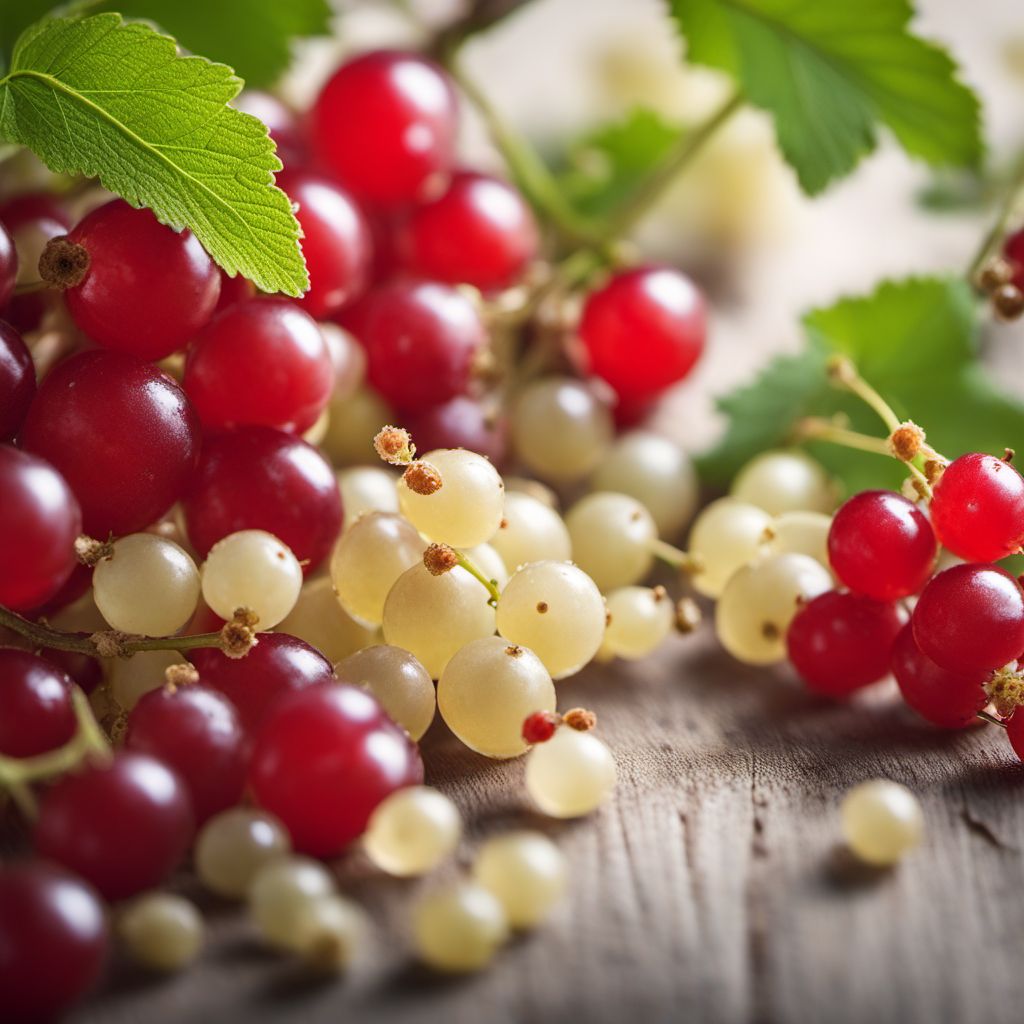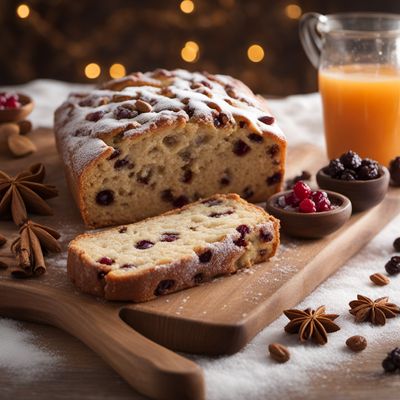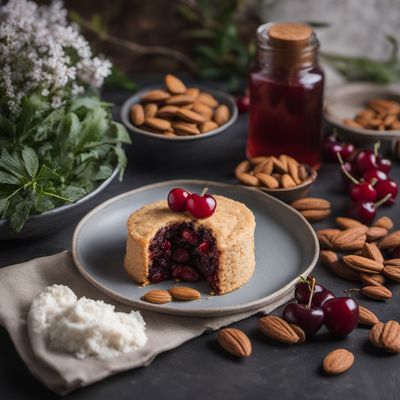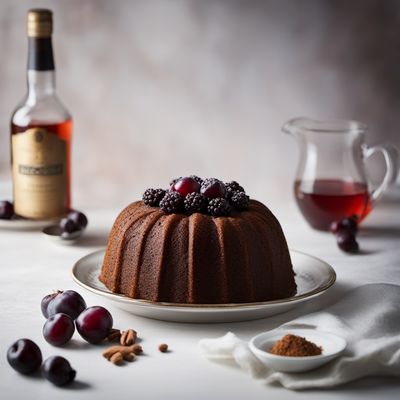
Ingredient
Redcurrants
The Vibrant Gems of Summer: Exploring the Delightful World of Redcurrants
Redcurrants are small, round berries that grow in clusters on deciduous shrubs. They have a translucent skin that ranges in color from bright red to deep crimson. The berries are tart and slightly acidic, with a flavor that is reminiscent of cranberries and raspberries. The texture of redcurrants is firm and juicy, with small seeds that add a slight crunch. Their vibrant color and refreshing taste make them a popular choice for garnishing desserts, adding brightness to salads, or creating tangy sauces.
Origins and history
Redcurrants are native to parts of Europe, including the United Kingdom, Scandinavia, and parts of Russia. They have a long history of cultivation, dating back to the 16th century. Redcurrants were highly valued for their medicinal properties and were used to treat various ailments. Over time, they became popular in culinary applications, particularly in European cuisines. Today, redcurrants are widely cultivated in many countries around the world.
Nutritional information
Redcurrants are low in calories and rich in vitamin C, providing a significant amount of the daily recommended intake. They also contain antioxidants, fiber, and minerals such as potassium and manganese.
Allergens
Redcurrants are not commonly associated with allergies, but individuals with a known allergy to berries should exercise caution.
How to select
When selecting redcurrants, look for berries that are plump, firm, and brightly colored. Avoid berries that are soft, bruised, or have moldy spots. The clusters should be intact and free from any signs of wilting or drying.
Storage recommendations
To maintain the freshness of redcurrants, store them in the refrigerator in a breathable container or a perforated plastic bag. They can be kept for up to a week. For longer storage, redcurrants can be frozen. Simply spread them in a single layer on a baking sheet, freeze until firm, and then transfer to a freezer-safe bag or container.
How to produce
Redcurrant bushes can be grown in home gardens or containers. They prefer well-drained soil and a sunny location. Prune the bushes in late winter or early spring to promote healthy growth and fruit production. Redcurrants are typically harvested in the summer when the berries are fully ripe.
Preparation tips
Before using redcurrants, rinse them gently under cold water and remove any stems or leaves. They can be enjoyed raw, added to fruit salads, or used as a topping for desserts such as tarts, cakes, or ice cream. Redcurrants can also be cooked down into a sauce or jelly, which pairs well with savory dishes like roasted meats or cheese platters.
Substitutions
If redcurrants are not available, cranberries or raspberries can be used as substitutes. However, keep in mind that the flavor and texture may differ slightly.
Culinary uses
Redcurrants are commonly used in jams, jellies, and sauces. They are also popular for making fruit compotes, syrups, and cordials. In savory dishes, redcurrants can be used to create tangy glazes for roasted meats or added to salads for a burst of flavor. They are often used as a garnish for desserts, adding a pop of color and acidity.
Availability
Redcurrants are commonly available in Europe, particularly in countries like the United Kingdom, Germany, and France. They are also cultivated in North America, Australia, and New Zealand.
More ingredients from this category
Recipes using Redcurrants » Browse all

German Christmas Stollen
Festive Delight: German Christmas Stollen

Krentenweggen - Dutch Sweet Currant Buns
Delightful Dutch Currant Buns: A Sweet Treat for Any Occasion

Jamaican Black Fruit Cake Recipe
Exotic Jamaican Delight: Indulge in the Richness of Black Fruit Cake

Northern Irish Bolo Rei
Festive Fruitcake Delight: Northern Irish Bolo Rei

Jamaican Rum Cake Recipe
Caribbean Delight: Jamaican Rum Cake

Pembrokeshire-style Bara Brith Cha Siu Bao
Welsh Twist on Chinese Cha Siu Bao: Pembrokeshire Bara Brith Buns

Cornish Saffron Buns
Golden Delights: Cornish Saffron Buns

Uzbek Sweet Rice Pilaf with Dried Fruits and Nuts
Exquisite Uzbek Delight: Sweet Rice Pilaf with a Medley of Dried Fruits and Nuts

Plum Pudding with a Twist
Decadent Delight: A Modern Twist on Traditional British Plum Pudding

Traditional Dutch Oliebollen Recipe
Delicious Dutch Oliebollen: Irresistible Balls of Joy

Quebecois Maple Barmbrack
Maple-infused Barmbrack: A Sweet Taste of Quebec

Koledo - Croatian Christmas Bread
Festive Delight: Koledo - A Croatian Christmas Bread Recipe